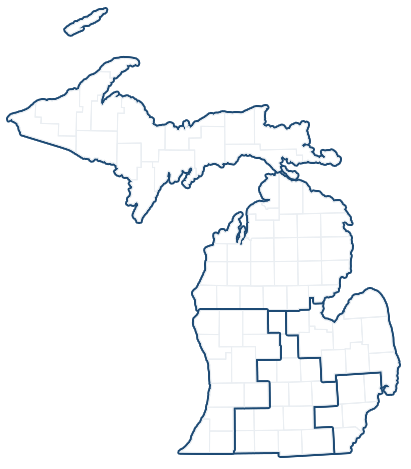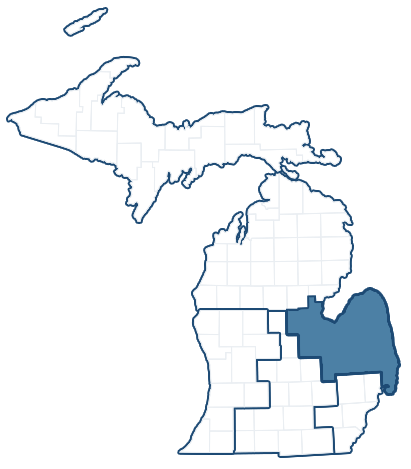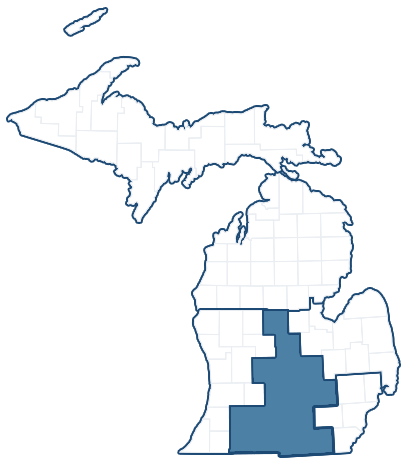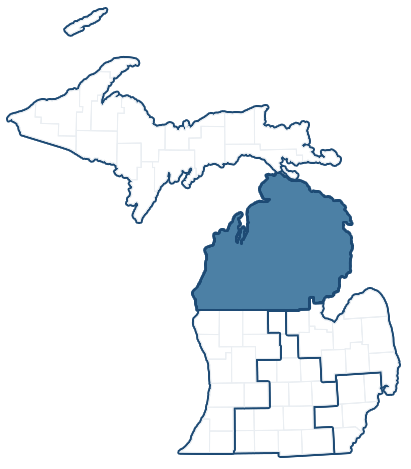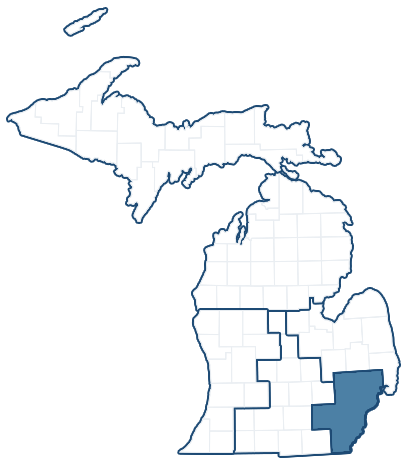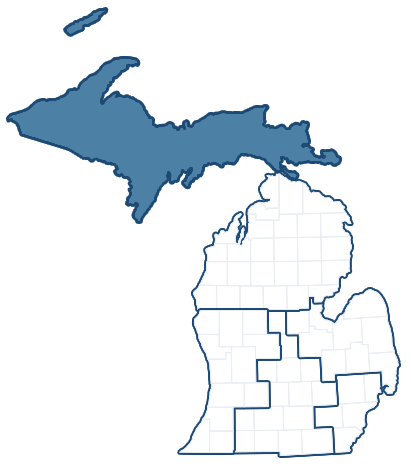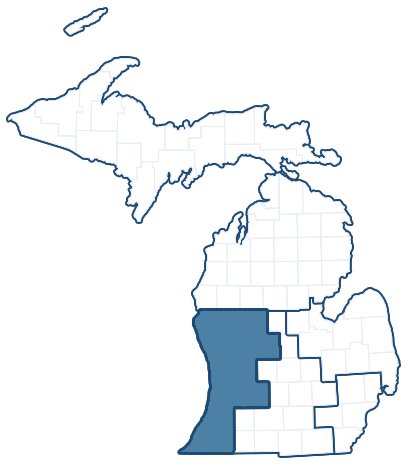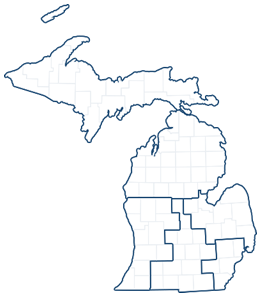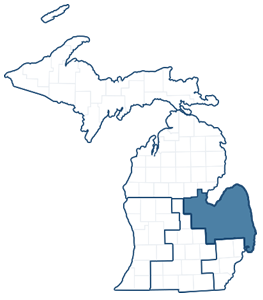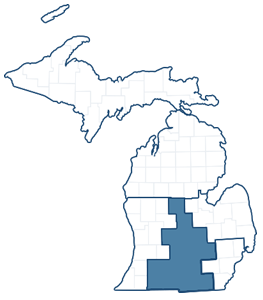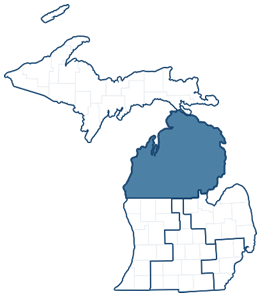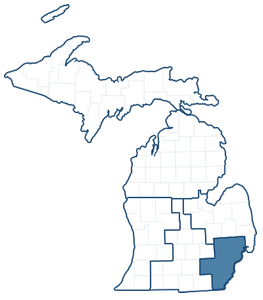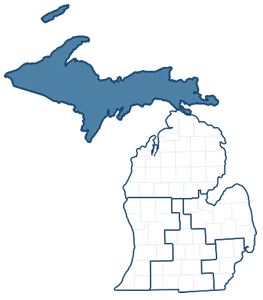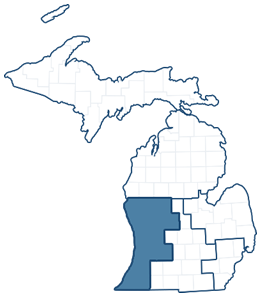Senators Stabenow, Peters Call for Immediate Action to Stop Spread of Asian Carp
Thursday, October 22, 2015U.S. Senators Debbie Stabenow and Gary Peters today urged the Obama Administration to take action to stop Asian Carp and other invasive species from entering the Great Lakes basin. In a letter to Shaun Donovan, Director of the Office of Management and Budget, Senators Stabenow and Peters called for funding to develop and implement measures that directly prevent Asian Carp from entering Michigan's waterways. Last week, the Fish and Wildlife Service found that small Asian Carp may be able to pass through the electric barrier that is designed to prevent invasive species from entering Lake Michigan. It was also discovered that young silver carp have moved 52-miles closer to Lake Michigan in just one year. Senator Stabenow is the Co-chair of and Senator Peters is a member of the Senate Great Lakes Task Force.
The letter reads in part: "...There is no question that challenges exist to developing and implementing measures that prevent the transfer of AIS [aquatic invasive species] at Brandon Road. However, two recent findings illustrate the urgency of the situation and need to advance emergency and interim measures while the USACE completes the Brandon Road feasibility study. A Fish and Wildlife Service study released October 15 found that small fish - including Asian Carp - can become entrained between barges and transported through a lock and dam and across the existing electric dispersal barriers. In addition, a study last month discovered juvenile silver carp 52-miles closer to Lake Michigan than in 2014."
Earlier this year, Senators Stabenow and Peters introduced the Defending Our Great Lakes Act, which focuses on the Brandon Road Lock and Dam, a crucial chokepoint in the Chicago waterway system about 25 miles south of the city. The bill requires the Army Corps to equip the lock and dam with technologies and countermeasures that would stop the spread of Asian Carp. It also requires the Army Corps to use the Brandon Road complex as a testing site for other technologies that can be incorporated at other locations to stop Asian carp.
Full text of the letter can be found below:
Dear Director Donovan:
We write to urge the Administration to dedicate sufficient resources and direction in Fiscal Year 2017 to protecting the Great Lakes and Mississippi River basins from Asian Carp and other invasive species. To that end, we hope the Administration will agree to the following requests that are critical to this objective:
• Budget $3 million specifically to the U.S. Army Corps of Engineers' (USACE) Feasibility Study at the Brandon Road Lock and Dam, and make every effort to complete the study and Chief's Report in the three year time frame that is required in the Water Resources Reform and Development Act of 2014.
• Review emergency protocols and identify and deploy countermeasures in the interim periods leading up to completion of the USACE Chief's Report.
• Request robust funding for surveillance, research, and other initiatives by the Fish and Wildlife Service, Environmental Protection Agency, National Oceanic and Atmospheric Administration, U.S. Geological Survey, and U.S. Coast Guard that are critical to near- and long-term efforts to fight Asian Carp and other aquatic invasive species in the Great Lakes and Mississippi River basins.
On April 6, 2015, the U.S. Army Corps of Engineers (USACE) initiated the GLMRIS Brandon Road Study. While we welcomed this announcement, the 46-month projected timeframe for completing the study was disappointing and inconsistent with the 3x3x3 rule enacted in the Water Resources Reform and Development Act of 2014. There is no question that challenges exist to developing and implementing measures that prevent the transfer of AIS at Brandon Road. However, two recent findings illustrate the urgency of the situation and need to advance emergency and interim measures while the USACE completes the Brandon Road feasibility study. A Fish and Wildlife Service study released October 15 found that small fish - including Asian Carp - can become entrained between barges and transported through a lock and dam and across the existing electric dispersal barriers. In addition, a study last month discovered juvenile silver carp 52-miles closer to Lake Michigan than in 2014.
Recently, the Chicago Area Waterway System Advisory Committee and the Great Lakes Commission and Great Lakes Fishery Commission sent you two letters in support of action at the Brandon Road Lock and Dam. Together, these letters illustrate a consensus among diverse stakeholders that Brandon Road can serve as a critical choke point for preventing further penetration of Asian Carp and other aquatic invasive species (AIS) throughout the Great Lakes and Mississippi River systems. Moreover, the research and implementation of control technologies at Brandon Road will provide a valuable template for evaluating long-term measures to prevent the two-way transfer of AIS. Ultimately, it is these long-term efforts that will provide the greatest protection to the Great Lakes and Mississippi River basins.
Your administration has provided unprecedented leadership in advancing initiatives to restore the Great Lakes and Mississippi River. We believe that requesting sufficient funding in FY2017 for the USACE' feasibility study and advancing emergency and interim countermeasures that prevent further spread of Asian Carp and other AIS is consistent with your commitment to protecting the health and sustainability of the Great Lakes and Mississippi River basins.
Next Article Previous Article



